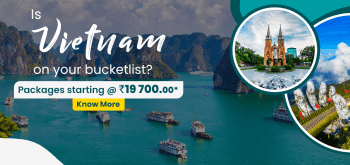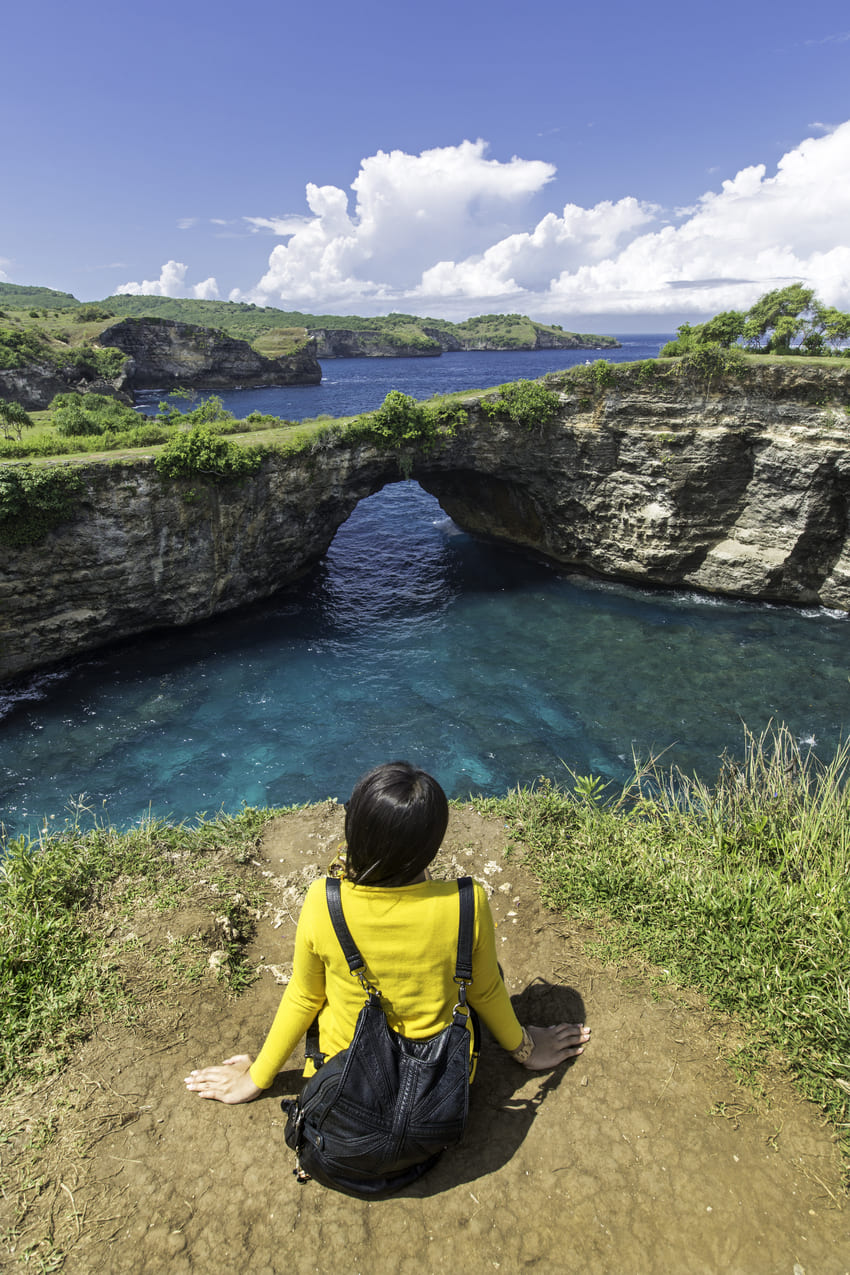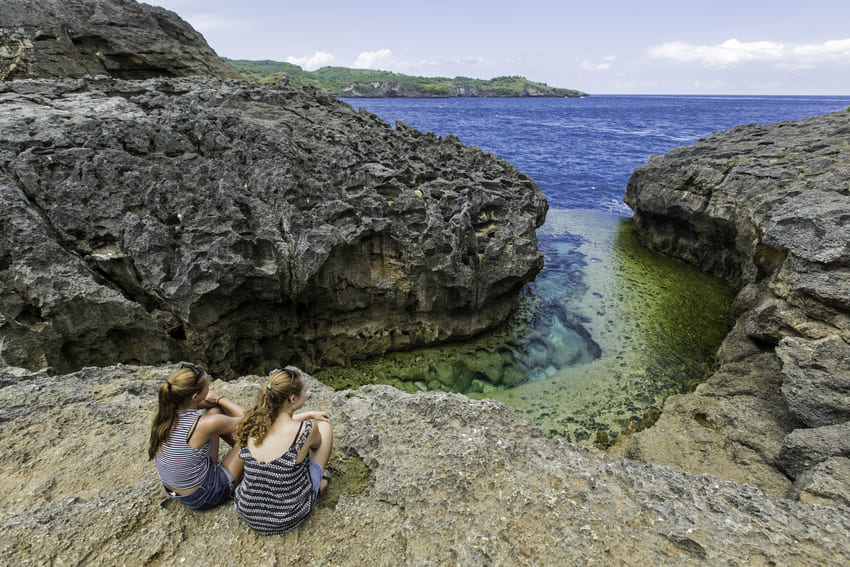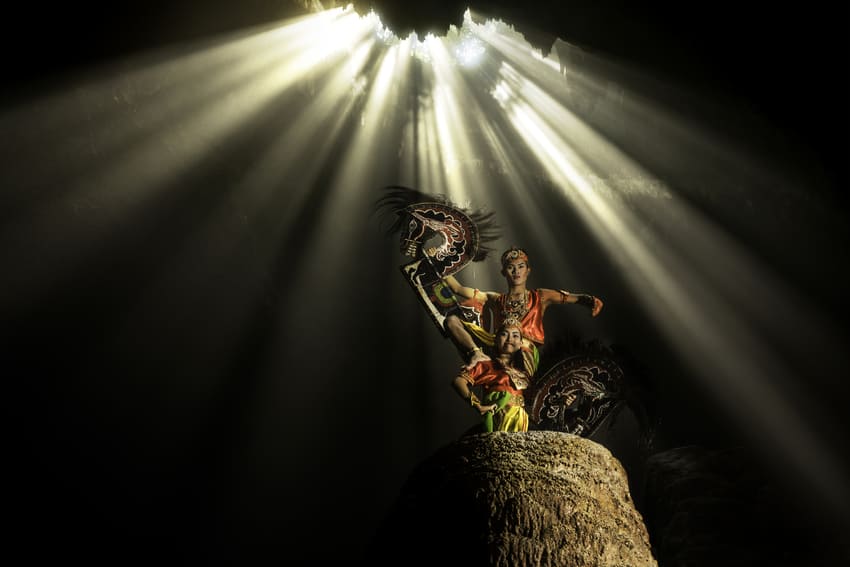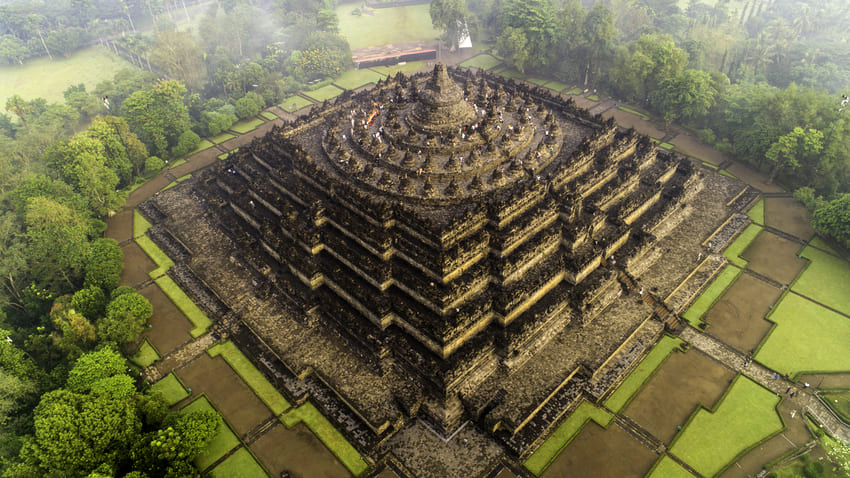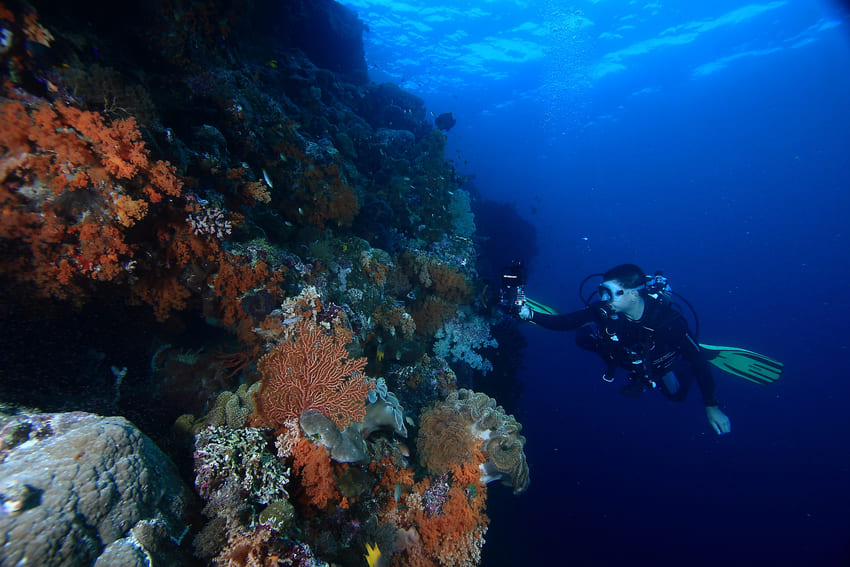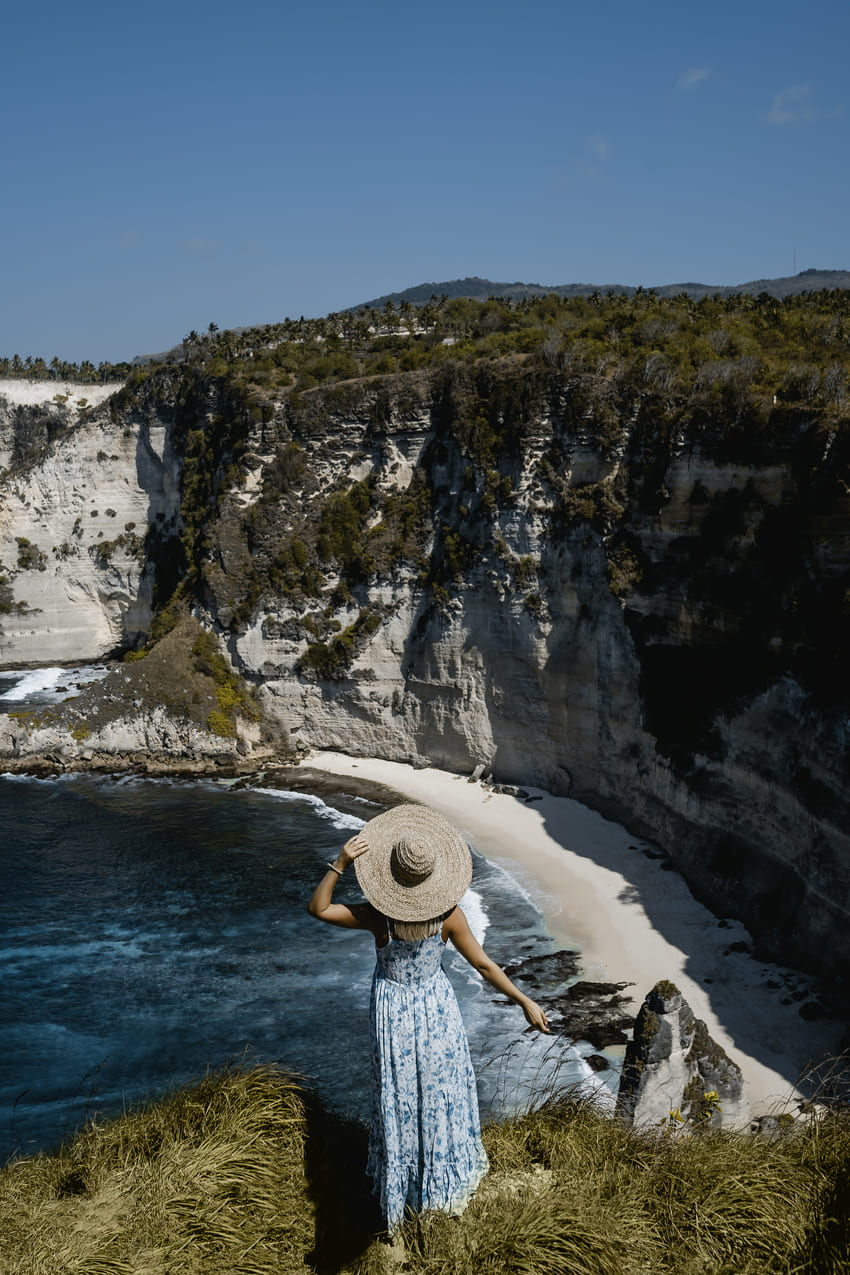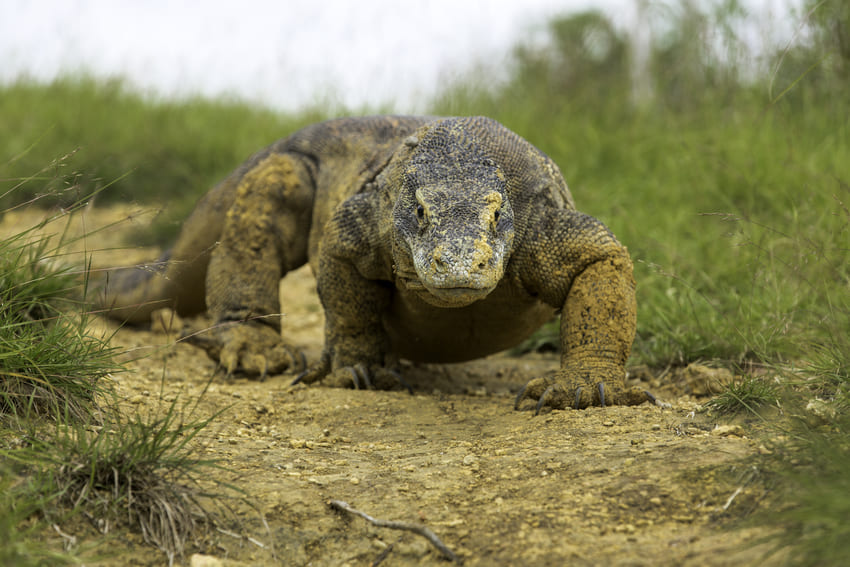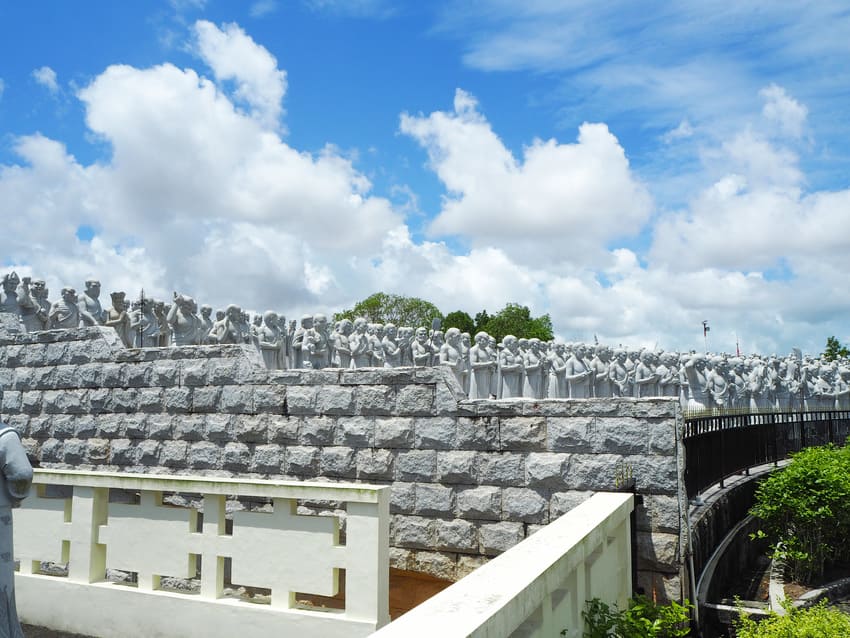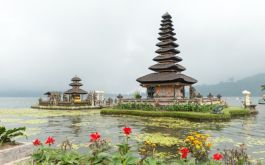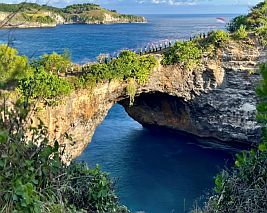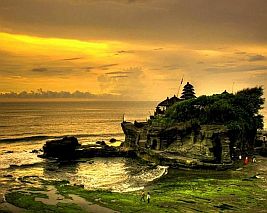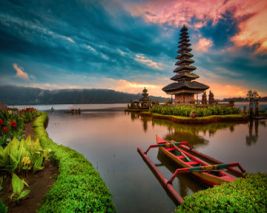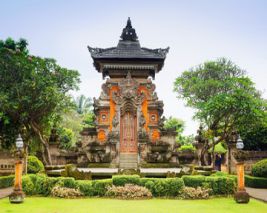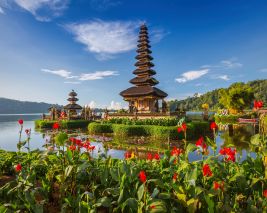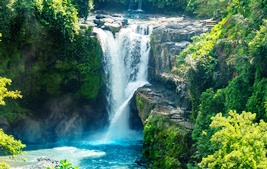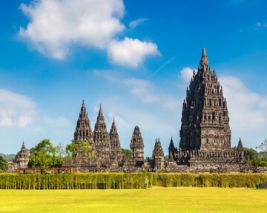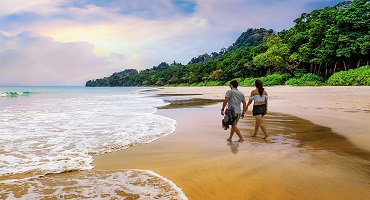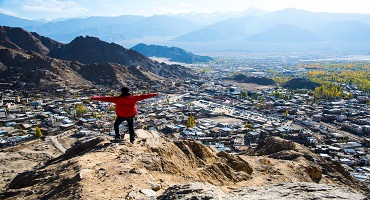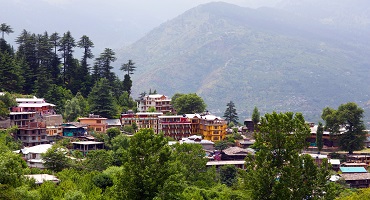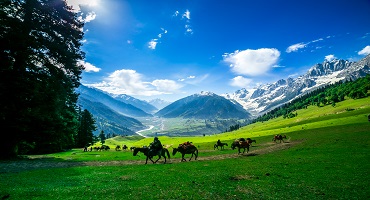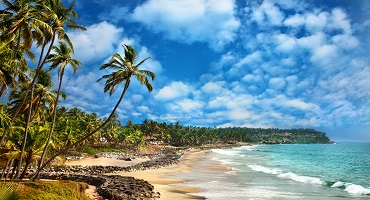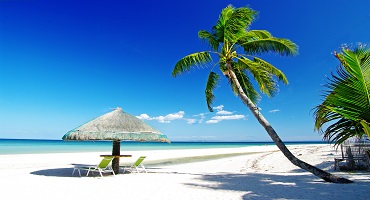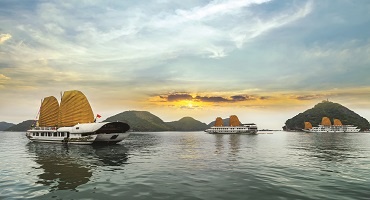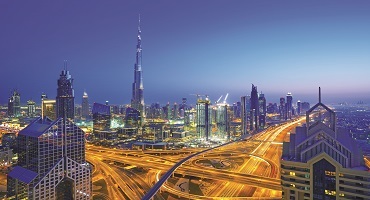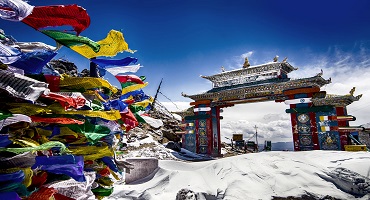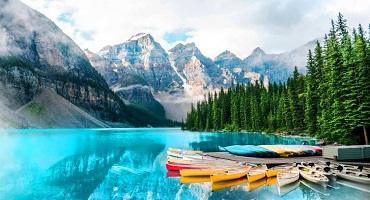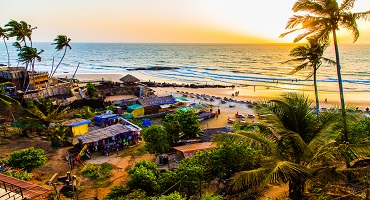Straddling the equator, Indonesia is an archipelago of more than 17,000 islands. It is a tropical country that is blessed with an abundance of natural beauty and bounty, where you can explore the lush emerald jungles surrounding active volcanoes, dive into the crystal clear azure waters to find a diverse marine life, lounge on the beaches, soak in the sun, watch exquisite sunsets, or visit some of the exotic tropical 54 national parks and discover wildlife that are often unique and endemic to Indonesia.
So, what are national parks? A national park is constituted to preserve and protect the flora, fauna/wildlife of a particular area or region, as demarcated and decided by the government of that region, province/state and country.
Indonesia’s national parks are inhabited by some of the most unique wildlife species in the world that are endemic to the country, i.e., – you will find these wildlife species only in Indonesia, and nowhere else in the world.
So, let’s take a journey through some of these national parks.
Komodo National Park
Established in 1980, the Komodo National Park was founded to primarily protect the world famous Komodo dragons, which are endemic to Indonesia. A UNESCO ‘World Heritage Site’, the park includes the three islands of Komodo, Padar, Rinca and 26 smaller islands. It is also one of the ‘Seven Wonders of Nature’.
As part of the Coral Triangle, the Komodo National Park contains some of earth’s richest biodiversity of marine species, such as whale sharks, smaller sized dolphins, blue whales, ocean sunfish, manta rays, eagle rays, pygmy seahorse, false pipefish, clown frogfish, nudibranchs, blue-ringed octopus, sponges, tunicates, and coral.
Spotted in these waters are dugongs, also known as sea-cows/sirenians – a distant relative of the manatees. Omura’s whales, also known as the dwarf whale, the lesser known of the rorqual species, have also been sighted in the park’s waters.
TanjungPuting National Park
Instituted in 1982, TanjungPuting National Park is in the south-east part of the West Kotawaringin Regency, which is part of Central Kalimantan (Central Borneo).
As one enters the park, one is greeted by the wholesome purity of the air, the clear open sky and an astounding view of the Milky Way, during the night. Being an equatorial tropical forest area, thunderous downpours occur with clockwork regularity, instantly cooling the air. The cherry on this veritable paradise is the brilliant sunset with delightful crimson hues. TanjungPuting National Park includes mangroves, swamps, forests and beaches.
This park is famous for its orangutans, which have flourished thanks to the ‘Orangutan Research & Conservation Program’. The park is also home to the bizarre looking proboscis monkey, and seven other primate species.
Apart from the orangutans, the park is inhabited by local species of snakes, frogs, bearded pigs, pitcher plants, crocodiles and monitor lizards. One can also find clouded leopards, civets, Malaysian sun bears, mouse deer, barking deer, sambar deer, and banteng (the Indonesian wild cattle).
The TanjungPuting National Park is home to more than 230 species of birds, which include hornbills, kingfishers, deep forest birds, and many wetland species. Its ‘bird lakes’ are seasonal rookeries for endangered water-birds, including the white egrets. The park plays host to a multitude of insects, prominent amongst them, the giant Bornean butterfly.
The highly endangered “dragon” fish, also known as the Arowana (bony-tongue), is also found in the waters of this park. The Chinese believe it brings good luck and prosperity, due to its red colour and coin-like scales.
KerinciSeblat National Park
Founded in 1999, and spanning across four provinces – West Sumatra, Jambi, Bengkulu, and South Sumatra, the KerinciSeblat National Park, is Sumatra’s largest national park. UNESCO lists the park as ‘World Heritage in Danger’. It is also recognised as an ‘ASEAN Heritage Site’.
The KerinciSeblat National Park is famous for its primary citizen, the Sumatran tiger. The ‘Global Tiger Initiative’ recognises this park, as one of the 12 most important protected areas in the world for tiger conservation. Apart from the Sumatran tiger, the park is home to other cats, such as marbled cat, leopard cat, and the Asian golden cat.
Other highly endangered species of this park include, Sumatran dhole, Sumatran elephants, Sunda clouded leopard, Malayan tapir, and Malayan sun bear.
Over 370 bird species can be found in this park. This includes the Sumatran ground-cuckoo, rediscovered in the park in 2002, amongst 20 other birds that are endemic to Indonesia.
More than 4,000 plant species exists in the KerinciSeblat National Park. Amongst these, you will find the world’s largest flower, the RafflesiaArnoldi, and the plant with the largest unbranched inflorescence, the Titan Arum.
Consider yourself very lucky if you find the Sumatran rhinoceros, since it is listed as an extremely endangered species, close to extinction.
Lorentz National Park
Named after a Dutch explorer, the Lorentz National Park is the largest national park in south-east Asia, with an area of 25,056 km2. Located in Papua, Indonesia, in the south-west of western New Guinea, Lorentz National Park was established in 1997. UNESCO has declared the park as a ‘World Heritage Site’.
Lorentz National Park is recognised as one of the most ecologically diverse national parks in the world. It is the only park in the Asia-Pacific region to exhibit a full ‘altitudinal’ range of ecosystems, viz. – marine areas, mangroves, extensive lowland wetlands, tidal & freshwater swamp forest, lowland and montane rainforest, alpine tundra, equatorial glaciers, and snow-capped mountain peaks. Puncak Jaya (formerly Carstensz Pyramid) standing at 4,884 metres, is the tallest mountain, between the Himalayas and the Andes. The park also boasts of a high level of endemism*, fossil sites and the richest biodiversity in the region.
Lorentz National Park is acknowledged by Birdlife International, as “probably the single most important reserve in New Guinea”, as it contains five of World Wildlife Fund's ‘Global 200’ eco-regions.
At last count, Lorentz National Park has accounted for 630 bird species and 123 mammalian species. However, much of the park is not yet mapped and explored. It is entirely certain that many more species of flora and fauna are yet being discovered – endemic and otherwise.
The bird species include two cassowary species, 31 dove and pigeon species, 500 cockatoo species, 60 kingfisher species and 145 sunbird species.
Apart from Snow Mountain Quail and Snow Mountain Robins, six other species are endemic to the Snow Mountains. 26 endemic bird species nest in the Central Papuan Ranges, while three endemic species nest in the South Papuan Lowlands.
The southern cassowary, Alpine woolly rat, southern crowned pigeon, Pesquet's parrot, Salvadori's teal and Macgregor's giant honeyeater, are some of the threatened species.
The long-beaked echidna, short-beaked echidna, and four species of cuscus as well as wallabies, quolls and tree-kangaroos, are counted amongst the mammal species. The recently discovered dingiso, a tree-kangaroo species, is endemic to the Sudirman range.
* Endemism = The ecological state of a species being native to a single defined geographic location, such as an island, region, state or other defined zone, or habitat type.



